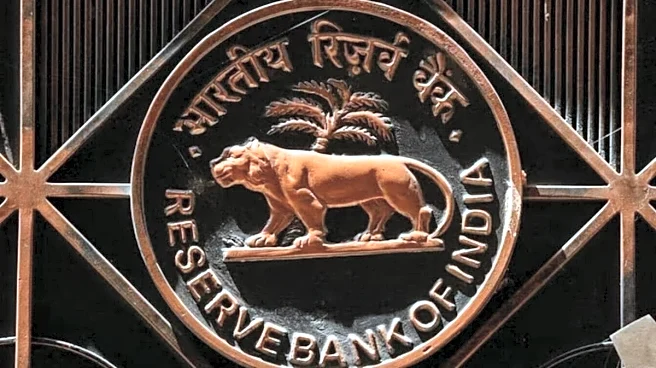In a major overhaul, the Central bank has decided to adopt the Risk-Based Deposit Insurance Premium (RBDIP) model instead of the existing flat rate premium model, aimed at strengthening banking infrastructure and reducing the risk.
RBI governor Sanjay Malhotra announced the decision to implement RBDIP in the MPC outcome meeting on October 01, 2025.
The Deposit Insurance and Credit Guarantee Corporation (DICGC), which is owned by the RBI, currently charges a flat premium of 12 paise per Rs 100 of deposits (0.12%), regardless of the bank’s risk profile.
The Risk-Based Deposit Insurance Premium (RBDIP) will help to link the premium based on the risk profile of each bank.
This means safer banks with strong capital, healthy liquidity, good governance,
and better asset quality pay lower premiums, while riskier banks with weak balance sheets or high non-performing assets (NPAs) pay more, explains Narendra Bharindwal, President, Insurance Brokers Association of India (IBAI).
Under Risk-Based Deposit Insurance Premium (RBDIP), the premium is usually assessed based on factors like capital adequacy (as per Basel norms), asset quality, earnings and profitability stability, liquidity and funding risks, and the quality of governance and compliance record.
Bharindwal explains that the main goal of this system is to encourage banks to follow sound risk management practices, reduce moral hazard by making weaker banks bear higher costs, and protect the deposit insurance fund from excessive strain.
Globally, countries like the U.S. (through the FDIC), Canada, the EU, and Japan already use this approach with scorecards and risk-based assessments.


/images/ppid_59c68470-image-175945753146558531.webp)
/images/ppid_59c68470-image-17594651772911913.webp)
/images/ppid_59c68470-image-175946006452045172.webp)







/images/ppid_59c68470-image-175951003077070795.webp)


/images/ppid_59c68470-image-175939756927282526.webp)
